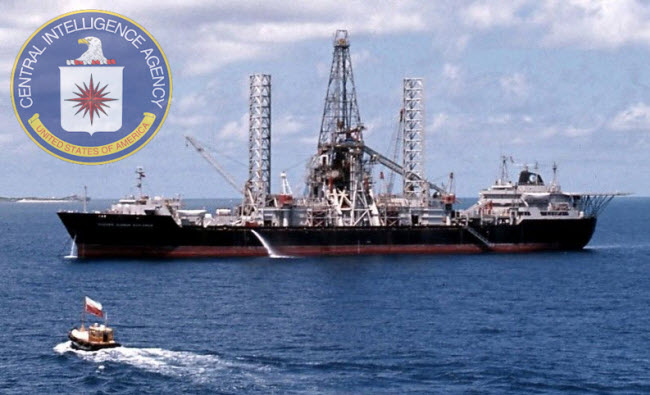During the Cold War between the United States and the Soviet Union (now Russia), the conflict between the CIA and the KGB was intense, with both agencies vying to obtain critical information about each other’s military capabilities, including their weapons systems. One of the most famous operations was the Soviet success in acquiring the designs for the American atomic bomb and producing their own version. On the other side, the Americans achieved a significant victory by recovering a Soviet submarine, the K-129, which had sunk in the depths of the Pacific Ocean. This recovery was part of a highly secretive and complex operation known as Project Azorian, which cost approximately $800 million at the time—equivalent to $4 billion today. The CIA considered it one of the greatest intelligence coups of the Cold War.
The background of Project Azorian began after the Cuban Missile Crisis when American and Soviet submarines armed with nuclear weapons roamed the open seas. In April 1968, the U.S. detected unusual activity by Soviet naval and air forces in the Pacific Fleet, including intensive search operations. The U.S. Naval Intelligence Office assessed this activity as a potential reaction to the loss of a Soviet submarine. The search efforts were focused on an area known to be a patrol route for Soviet diesel submarines, including the K-129, which carried three nuclear missiles. After weeks of searching, the Soviets were unable to locate the sunken submarine, and Soviet Pacific Fleet operations gradually returned to normal. Meanwhile, the U.S. hydrophone network in the northern Pacific Ocean, set up to detect any unusual sounds, analyzed audio data from four locations, pinpointing the wreck’s location within 5 nautical miles near latitude 40.1 degrees north and longitude 179.9 degrees east, hundreds of miles from the Soviet search area, and at a depth of over 4,900 meters.
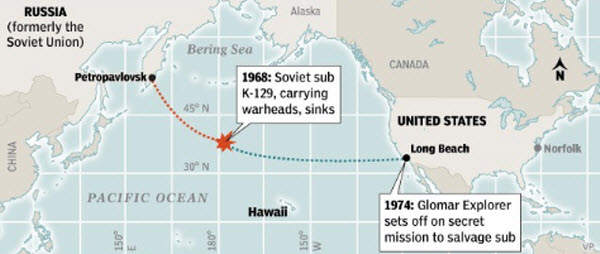
Once the location was identified, in July 1968, the U.S. Navy launched “Operation Sand Dollar” by deploying the U.S. aircraft carrier “Hughes Glomar Explorer” from Pearl Harbor to the estimated wreck site. The goal was to locate and photograph the K-129 submarine. The wreck was found after three weeks of visual search using remotely operated cameras. The submarine was photographed extensively, with over 20,000 close-up images taken of the K-129 wreck over the following weeks. By 1970, based on these images, Secretary of Defense Melvin Laird and National Security Advisor Henry Kissinger proposed a secret plan to recover the wreck for the U.S. to study Soviet nuclear missile technology and possibly retrieve encryption codes used in submarine communications. President Richard Nixon approved the plan, and the CIA was tasked with executing it.
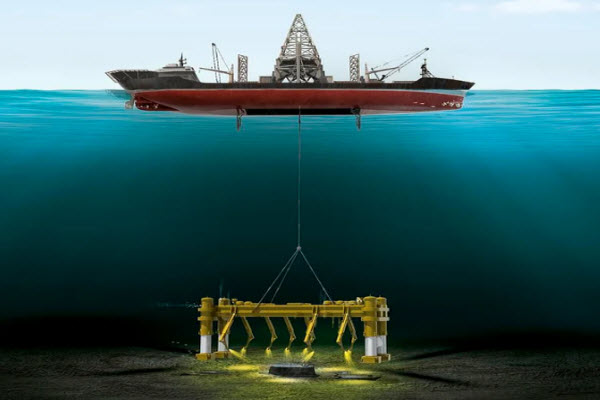
The CIA convened to discuss the feasibility of the operation due to the unprecedented challenges of raising an object of such size and weight from such depths. Initial ideas involved generating enough gas at the ocean floor to bring the submarine to the surface, but this was replaced by a simpler concept involving a giant claw to lift the submarine into the belly of a massive ship. The project was estimated to have a 10% chance of success.
The “Azorian Project” was then executed by contracting Global Marine, a leading deep-sea drilling company, to design, build, and operate the Hughes Glomar Explorer for the covert recovery of the sunken Soviet submarine. The ship was constructed near Philadelphia, measuring 190 meters in length. Howard Hughes, the billionaire businessman whose companies were already contracted for various secret American military projects, lent his name to the project to support the cover story that the ship was for manganese mining. However, Hughes and his companies had no actual involvement in the project. Alongside the Hughes Glomar Explorer, a large mechanical claw, dubbed the “claw vehicle,” was designed to be lowered to the ocean floor to retrieve parts of the targeted submarine, which were then raised into the ship’s hold using a specialized technique that maintained the stability of the floating platform and kept the operation out of sight from ships, aircraft, or other satellites.
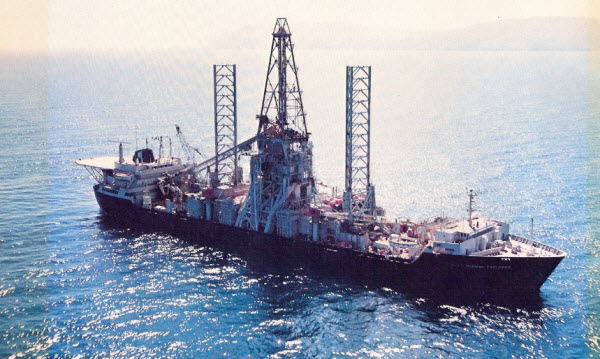
On June 20, 1974, Project Azorian officially began with the ship’s departure from Long Beach, California, to the submarine recovery site, arriving on July 4. The retrieval operation lasted over a month, during which at least two Soviet naval vessels visited the site of the ship’s operations. It was later discovered, after 1991, that the Soviets had been informed about the operation and were aware of the CIA’s plans for a recovery operation. However, the Soviet military command believed it was impossible to carry out such a mission and ignored further intelligence warnings. Later, Soviet Ambassador to the U.S. Anatoly Dobrynin sent urgent messages to the Soviet Navy warning that the operation was imminent, prompting Soviet military engineers to reassess and acknowledge the feasibility of the recovery, leading to orders for ships in the area to report any unusual activity.
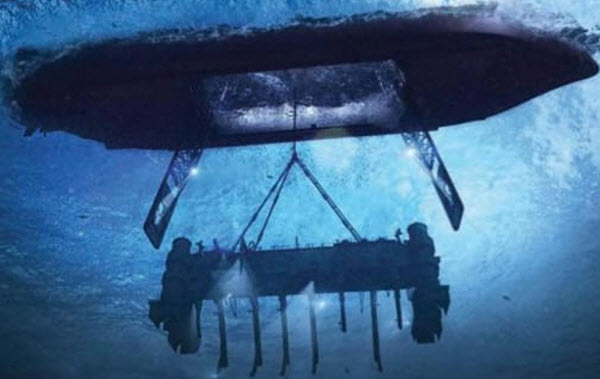
Returning to Project Azorian, General Roland LaGoy of the U.S. Army reported that according to CIA briefings during the retrieval operations, the claw vehicle suffered a major failure, causing two-thirds of the raised K-129 section to sink back to the ocean floor. Despite this, the recovered portion included two nuclear torpedoes, so Project Azorian was not a complete failure. Additionally, six crew members’ bodies were recovered, honored with a dignified memorial service, and buried at sea in metal caskets due to radiation concerns. Other important materials, including codebooks and various submarine components like hatch covers, tools, and sonar equipment, were also retrieved. The entire operation was documented by a CIA film crew, but this film remains classified.
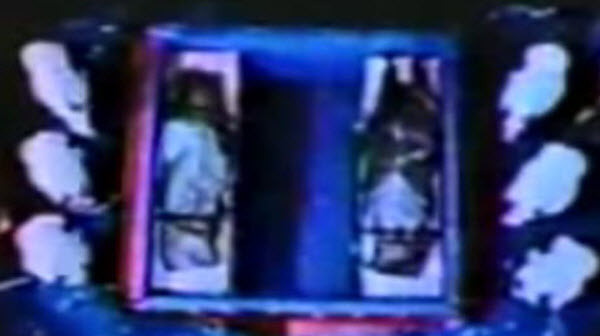
As a result of Project Azorian’s success, plans were made to continue with the recovery of the remaining parts of the submarine under the name “Operation Matador.” However, in early 1975, after a random theft at Hughes’ company headquarters, secrets of the operation were leaked to the American media. Investigative reporter Seymour Hersh attempted to publish the story with various journalists, but the government suppressed the publication. Later, journalist Harriet Ann Phillips requested any documents related to the operation from the CIA, but the agency neither confirmed nor denied their existence. In 1992, the U.S. provided Russia with a video showing the 1974 memorial service for the six Soviet sailors aboard the recovered portion of the submarine. Details of the operation began to emerge gradually, and today, the International Spy Museum in Washington, D.C., displays a control panel from the submarine, detailed white fingerprints, and a piece of manganese found at the recovery site by chance.
